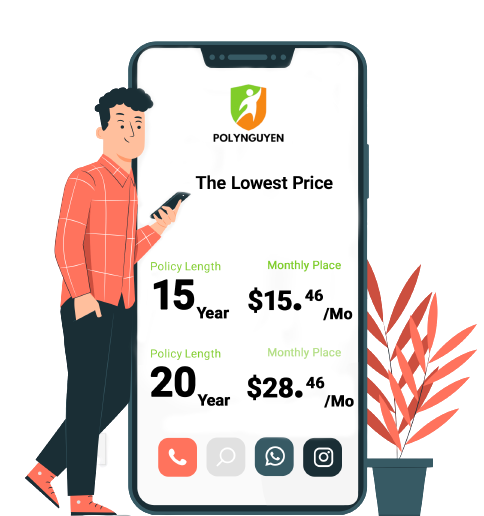Frequently asked questions
If this is your first time buying car insurance, an expert can help you determine your coverage needs and set a budget. An independent agent, like the ones at Policygenius, can take your information once and use it to get quotes from multiple companies at a time, saving you time. They can also help you compare your options and choose the best policy for you.
Many car insurance policies automatically renew at the end of the policy term. You’ll be notified by mail or email if your policy is set to renew, and you may be prompted to confirm that your information is all the same before renewing your policy. If you decide to switch companies, you must have a new car insurance policy in place before your current policy expires so you can avoid a lapse in coverage.
An independent broker isn’t tied to any one company, their job is to help you shop for insurance and advise you through the process. They do all the legwork for you, from plugging in your information to customizing your quotes so you can see how much you’d be paying for coverage from different carriers. We recommend buying car insurance through an independent broker, like our experts at Policygenius, so you can compare quotes from multiple companies in one go.
Yes, you can get car insurance instantly with most insurance companies. After you’ve compared rates online and are ready to buy coverage, set your policy’s start date as the day that you’re shopping. Your policy will go into effect right away.


